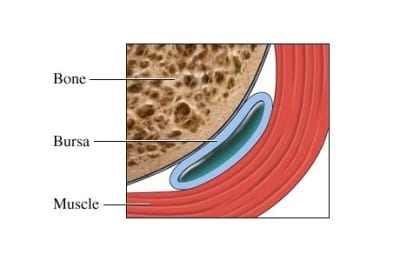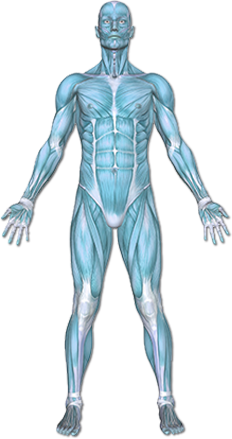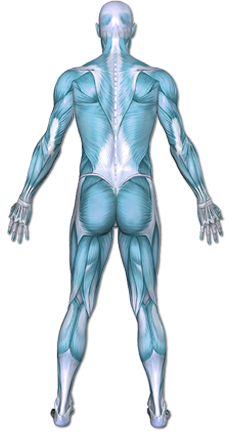Bakers Cyst
A Bakers cyst is a buildup of joint fluid behind the knee. It creates a tight bump behind your knee.


Copyright © Nucleus Medical Media, Inc.
This content was created using EBSCO’s Health Library
Joint fluid helps the knee move smoothly. A Bakers cyst develops when there is too much of this fluid. The extra joint fluid is pushed out to the back of the knee. Extra fluid may be caused by:
- Arthritis—osteoarthritis is the most common type associated with Bakers cysts
- Cartilage tears, such as a torn meniscus
- Injury or accidents
- Infection in joint
In children, Bakers cyst may be related to a problem with the bursa. The bursa is a small fluid filled sac between the bone and soft tissue.
This content was created using EBSCO’s Health Library
Factors that increase your risk of Bakers cyst include:
- Osteoarthritis
- Rheumatoid arthritis
- Infectious arthritis
- Gout
- History of knee injuries or cartilage tears
- History of corticosteroid injection around the knee
- Previous knee surgery
- Knee synovitis
This content was created using EBSCO’s Health Library
Symptoms may include:
- Rounded swelling behind the knee that may get bigger with activity
- Pain or pressure in the back of the knee joint—may travel to the calf muscle
- Aching or tenderness after exercise and bending the knee
This content was created using EBSCO’s Health Library
Your doctor will ask about your symptoms and medical history. A physical exam will be done. The doctor will look for a soft mass in the back of the knee. The range of motion in both knees will be tested and compared. The doctor may also shine a special light through the cyst. This will show that the cyst is filled with fluid and not solid. Images of the knee occasionally needed to look for the cause and extent of the cyst. Images may be taken with:
- Ultrasound
- CT scan
- MRI scan
Blood tests may be taken if there is a possibility of an infection.
This content was created using EBSCO’s Health Library
Many Bakers cysts resolve on their own without treatment. They usually go away within a two-year period. If a cyst is painful or interferes with daily activities, physical therapy may be helpful to strengthen the muscles around the knee and reduce the swelling.
This content was created using EBSCO’s Health Library
There is no known way to prevent a Bakers cyst.
This content was created using EBSCO’s Health Library
This content was created using EBSCO’s Health Library


